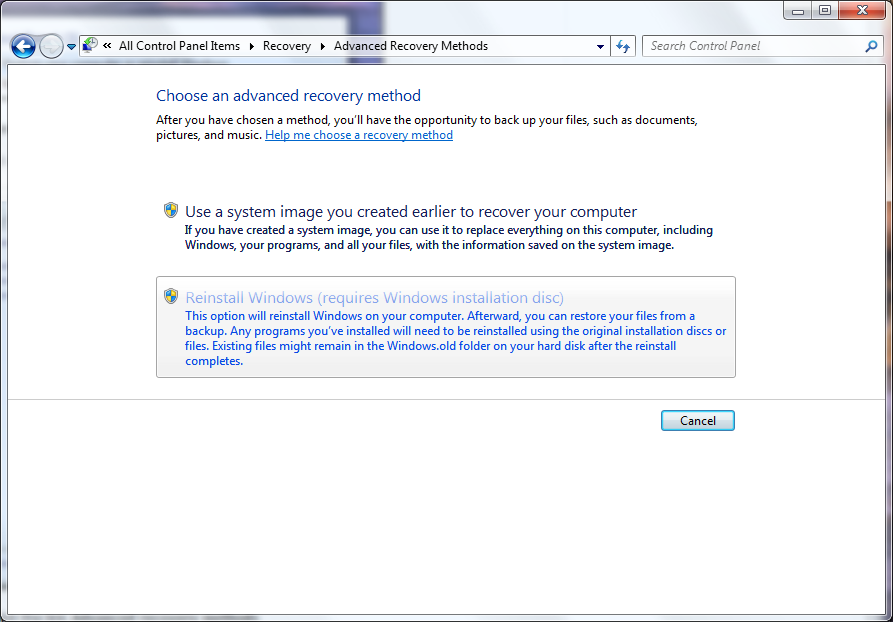

Then Windows will start the installation process automatically. Select your SSD which you plan to reinstall Windows 10 and click “Next”. When asked “Which type of installation do you want?”, choose “Custom: Install Windows only (advanced).”

In this window, you will be asked to input the license key, type one, or skip it by clicking "I don't have a product key" and activate it after the Windows install completes.

When loaded, you need to verify “language to install”, “time and currency format”, and “keyboard or input method”. Turn on your computer and press a specific key to boot into BIOS and modify the boot order to make your computer boot from the installation disk. Shut down your computer, open its case, remove the old hard disk, and insert the new disk into the drive bay. Plug the installation media into your computer. If you have a Windows installation media, USB, or CD/DVD, you can directly reinstall Windows with it. In this part, we’ll show you how to safely reinstall Windows based on the 2 cases we discussed. And you can choose to refresh, delete, or format the drive. During the installation process, you’ll be asked to select a disk or drive to install the system. In this case, users will reinstall Windows on one drive on the current disk. Instead of cloning, some people prefer to reinstall Windows on the new SSD and keep the old HDD as a data storage disk.Īs we’ve mentioned, reinstalling Windows may solve some PC glitches. If you have a sluggish HDD startup procedure or constantly use a laptop for business, it is a good idea to reinstall Windows 10 to SSD. SSD is substantially quicker than regular hard drives. Since SSD is more affordable, many users would like to do a system disk upgrade. Indeed, reinstalling Windows will format the drive, but it also depends on your exact needs. Somehow, once users think about reinstalling, the first thing that jumps out might be that it’s the last choice if there’re no other options to solve problems they meet. Will reinstall Windows wipe my hard drive? Will reinstall Windows 10 deleting files on other drives? And sometimes, people choose to reinstall the newest version of Windows to update the OS. Reinstalling Windows is a nice choice when your Windows PC confronts some problems like blue screen, black screen, boot frozen, etc. Does reinstalling Windows wipe everything on hard drive?


 0 kommentar(er)
0 kommentar(er)
